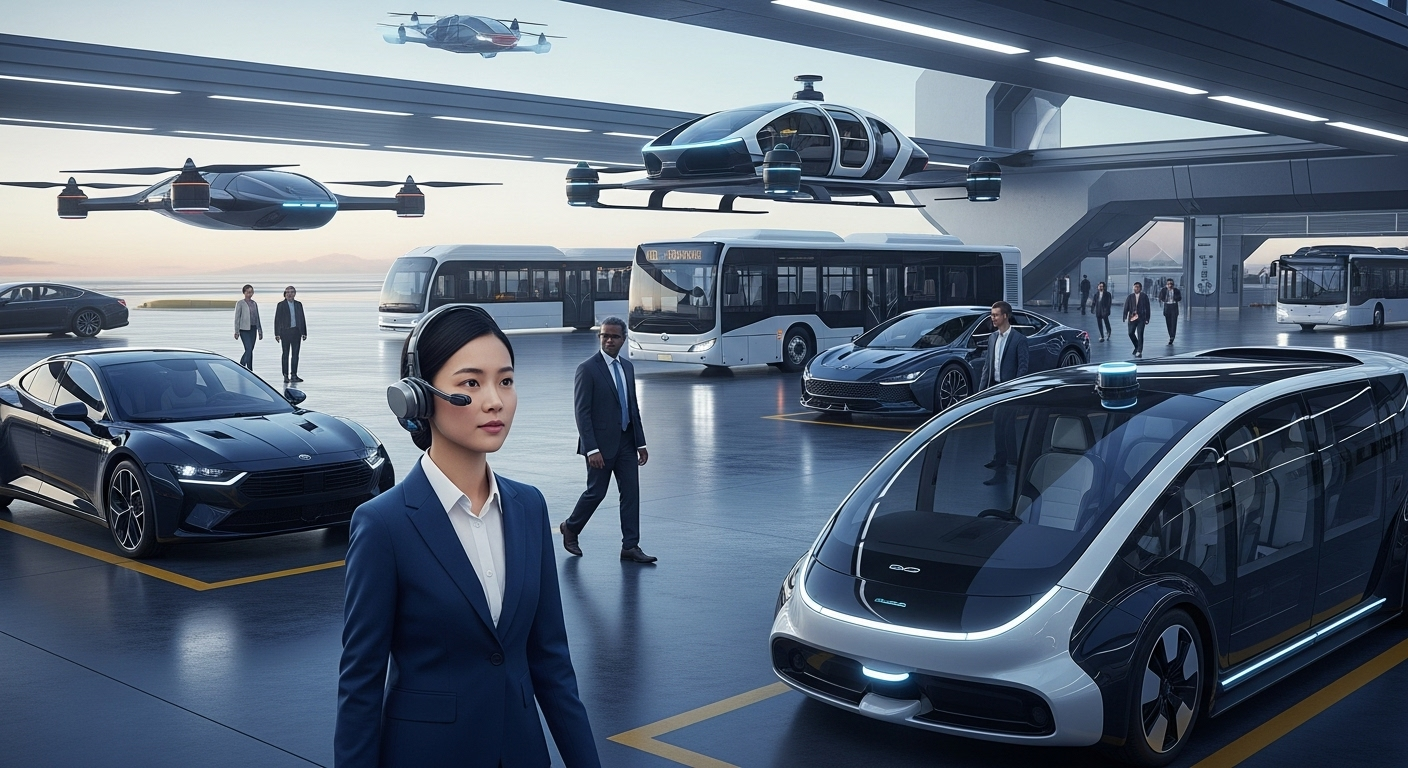Streamlining Multimodal Journeys for Busy Professionals
Busy professionals increasingly rely on a mix of transport options to reach meetings, clients, and work sites efficiently. Multimodal travel—combining public transit, rideshare, micro-mobility, and walking—can reduce commute time and stress when planned well. This article outlines practical strategies, technology choices, and operational considerations for making multimodal journeys reliable, secure, and sustainable.

Everyday travel for busy professionals demands reliability, speed, and flexibility. Multimodal journeys—where a single trip uses two or more transport modes—offer resilience against delays and can unlock faster end-to-end travel if coordinated well. The remainder of this article explores how commuters, mobility providers, and employers can optimize routing, ticketing, last-mile solutions, and accessibility while balancing safety, regulations, and sustainability.
How can commuting be made more predictable?
Predictability begins with integrating real-time data into trip planning. For commuting professionals, tools that combine transit timetables, traffic feeds, and vehicle locations reduce uncertainty. Networked calendars and corporate scheduling systems can also align departures with meeting times, minimizing idle wait. Employers can support smoother commutes by offering flexible start times, subsidized multimodal passes, or access to mobility credits that let workers choose the best option for a given day. Layering contingency routes into daily plans—such as an alternate bus route or a short rideshare option—improves resilience without adding complexity.
What does effective multimodal routing look like?
Good multimodal routing prioritizes efficiency and low friction. Effective routes consider transfer times, walking distances, and the likelihood of delays between segments. Modern route planners use network graphs and real-time feeds to generate itineraries that minimize total travel time, not just in-vehicle duration. For professionals who value time sensitivity, planners can rank routes by reliability and define hard cutoff buffers for transfers. Seamless digital handoffs between modes—such as a scooter available at the transit stop—make routing practical rather than theoretical.
How should ticketing and scheduling be coordinated?
Unified ticketing reduces cognitive load for travelers. Account-based ticketing and mobile wallets that accept multi-operator fares allow a single tap to cover bus, rail, and micromobility segments. Scheduling integration between employers and mobility providers—such as reserved pools of rideshare inventory during peak commute windows—can improve availability. When reservations are necessary, dynamic scheduling that adapts to delays (rebooked connections, extended holds) preserves itinerary integrity. Privacy-preserving data sharing between providers and corporate mobility platforms enables better demand forecasting without exposing personal travel patterns.
What solves lastmile challenges for professionals?
The lastmile segment—walking, micromobility, short rideshares—often determines whether a multimodal journey is competitive with door-to-door driving. Local mobility hubs that consolidate bike-share, scooter docks, and short-hop shuttles near transit stations reduce transfer friction. Employers can offer lastmile stipends or corporate subscriptions to micromobility services. For areas with limited docked infrastructure, on-demand pooled shuttles or corporate ride-pooling can lower per-trip costs while maintaining punctuality. Designing hubs with secure parking and clear signage also shortens perceived transfer time.
How are accessibility and safety addressed across modes?
Accessibility must be a design priority: stations and vehicles should support mobility devices, have step-free access, and provide audio-visual wayfinding. For busy professionals with varied needs, mobility platforms should surface accessible options first and allow filtering by features like low-floor vehicles, elevator availability, or door-to-door assistance. Safety protocols—contactless payments, vetted drivers, and vehicle maintenance records—are essential for trust. Clear regulatory compliance for passenger safety, data protection, and operator qualifications ensures consistent service quality across different jurisdictions.
How can sustainability and logistics be balanced in routing?
Sustainability considerations are increasingly part of route selection. Combining electric buses, low-emission rideshares, and active travel modes can reduce the carbon footprint of regular commutes. Logistics integration—aligning goods delivery schedules to reduce vehicle interactions during peak commute windows—helps maintain flow and reduce congestion. Employers can incentivize sustainable choices with carbon-aware routing options or preferential parking policies for shared and electric vehicles.
Conclusion
Streamlining multimodal journeys for busy professionals requires a blend of technology, operational design, and user-centered policies. Reliable routing, unified ticketing, effective lastmile solutions, strong accessibility measures, and attention to safety and sustainability make multimodal travel a viable alternative to single-occupant driving. When employers, providers, and city planners align incentives and data practices, commuters gain time savings and predictability without sacrificing convenience.





